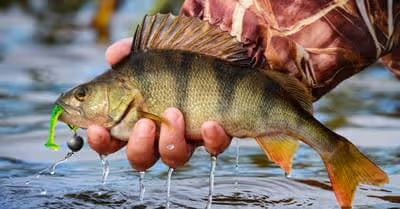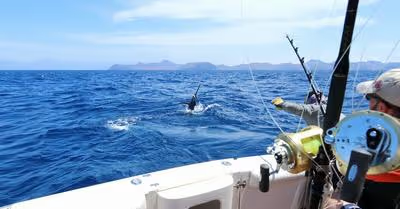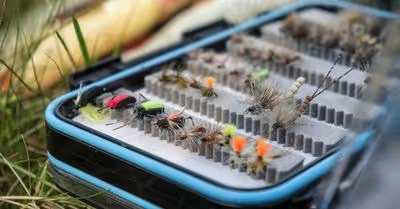Table of Contents
How Do You Tie a Palomar Knot?
Step 1: First, double up your line and pass it through the eye of your fishing hook. You will use the hoop that the doubled-up line forms to tie your knot. Leave about 6 inches of line on either side, or else you won't have enough to tie a knot.
Step 2: Next, make a simple overhand loop-knot with the doubled up line. You should not tighten the knot yet. Make sure not to kink the line at any point, as this can weaken it and make it break later.
Step 3: Now, pass the doubled-up end of the line over the hook, so that it goes between the two lines.
Step 4: Now, wet the fishing line and pull the knot tight. That is enough to complete the knot. If you use strong monofilament line; it may be enough to hold 30 pounds, which is more than enough to catch most large fish.
What Will Make a Palomar Knot Fail to Work?
A Palomar knot may fail if:
- You kink the line
- You cross the lines
- You don't use lubricant with a Fluorocarbon line
A lot of the time, you can get a Palomar knot right the first time you try. However, even an experienced angler might tie a bad fishing knot sometimes. You can easily make a small mistake and lose your hook/lure if you aren't paying attention.
Is a Uni Knot Stronger Than a Palomar Knot?
Yes, a Uni Knot stronger. However, a Palomar knot is a great beginner's knot. It is reasonably strong while being easy to tie. As you learn other knots, you may stop using the Palomar, but it is also quicker, so you might not abandon it entirely.
How Strong is a Palomar Knot?
With monofilament line it can hold about 30 pounds. With braided line, it will only hold about half of that.
If you are using heavy pound-test line, you may need it to hold more than 15 or 30 pounds. In that case, you will need to learn other knots.
Does a Palomar Knot Work With Fluorocarbon Line?
Yes, but only if you are using fishing line lubricant. If you are not using lubricant at all, friction will overheat the fluorocarbon line and make the knot fail.
Having your knot fail will make you lose your lure and hook. Tie your knots carefully to avoid this. You should also check your fishing line for signs of damage and replace it before it breaks.
Common Fishing Knots
There are dozens and even hundreds of fishing knots you could learn. Not many people even know a tenth of them. Some knots are much more common than others.
Different knots are good for different situations. While you don't need to know a lot of knots, you should know more than one or two of them. You will encounter situations where a less common knot is the most useful.
Blood Knot
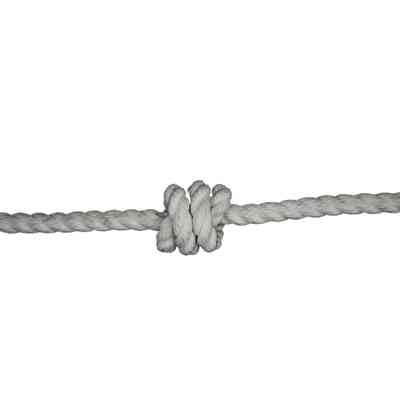
Blood Knot
The blood knot is not for attaching a line to a fishing hook. Instead, it is for attaching two lines together. If you use a very crude and simple knot to do this, it may come undone as soon as there is any real pull on the line.
Usually, anglers tie a blood knot to repair broken line. Thankfully, blood knots are easy for beginners to learn.
Clinch Knot
The clinch knot and especially the improved clinch knot are great when you are pulling in heavy fish. It has really a lot of durability and strength when you attach it to a hook.
Hangman's Knot

Hangman's Knot
This is a great, multi-purpose knot that works in many situations. Knowing more than one or two knots is useful, but if you only want to learn two, go with the Palomar knot and the hangman's knot.
Uni Knot
The uni knot is another multi-purpose knot that you will find very useful after you learn it. You can use it to attach lures or attach two pieces of line together. It works well for fluorocarbon as well as monofilament lines.
Spider Hitch Knot
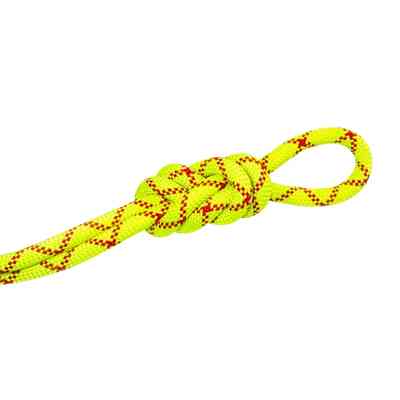
Spider Hitch Knot
The spider hitch knot is also great if you need more strength than normal. The spider hitch knot lets you make a double line and wrap it around the hook, making the line twice as hard to break.
This won't truly make your line twice as strong. If you try to pull in a big fish that is too strong for your line, it will snap elsewhere. However, the spider hitch knot is still one of the strongest knots.
Why Are Fishing Knots Important?
Anyone who goes fishing needs to know how to tie fishing knots. You need to tie the knots properly, or else your line will slip off.
Is It Hard to Tie Fishing Knots?
No, you can learn most of them easily. Some of them are a bit trickier, but anyone can get good at tying fishing knots.
What Are the Easiest Fishing Knots?
The Palomar knot is usually the best choice if you want an easy but still reasonably strong knot. Other people recommend the Rapala knot, surgeon's knot, and hangman's knot for beginners.
What Are the Hardest Fishing Knots?
If you are looking for a challenge, you could try the FG knot. The FG knot is complicated but may be the best knot if you want to tie a monofilament line to a fluorocarbon leader.
What Types of Line Are Easiest to Tie Knots With?
Monofilament line and copolymer line are good for tying knots. Braided line is harder to tie knots with. This is one of the many things that prevent stronger braided line from replacing monofilament.
Recent Articles






